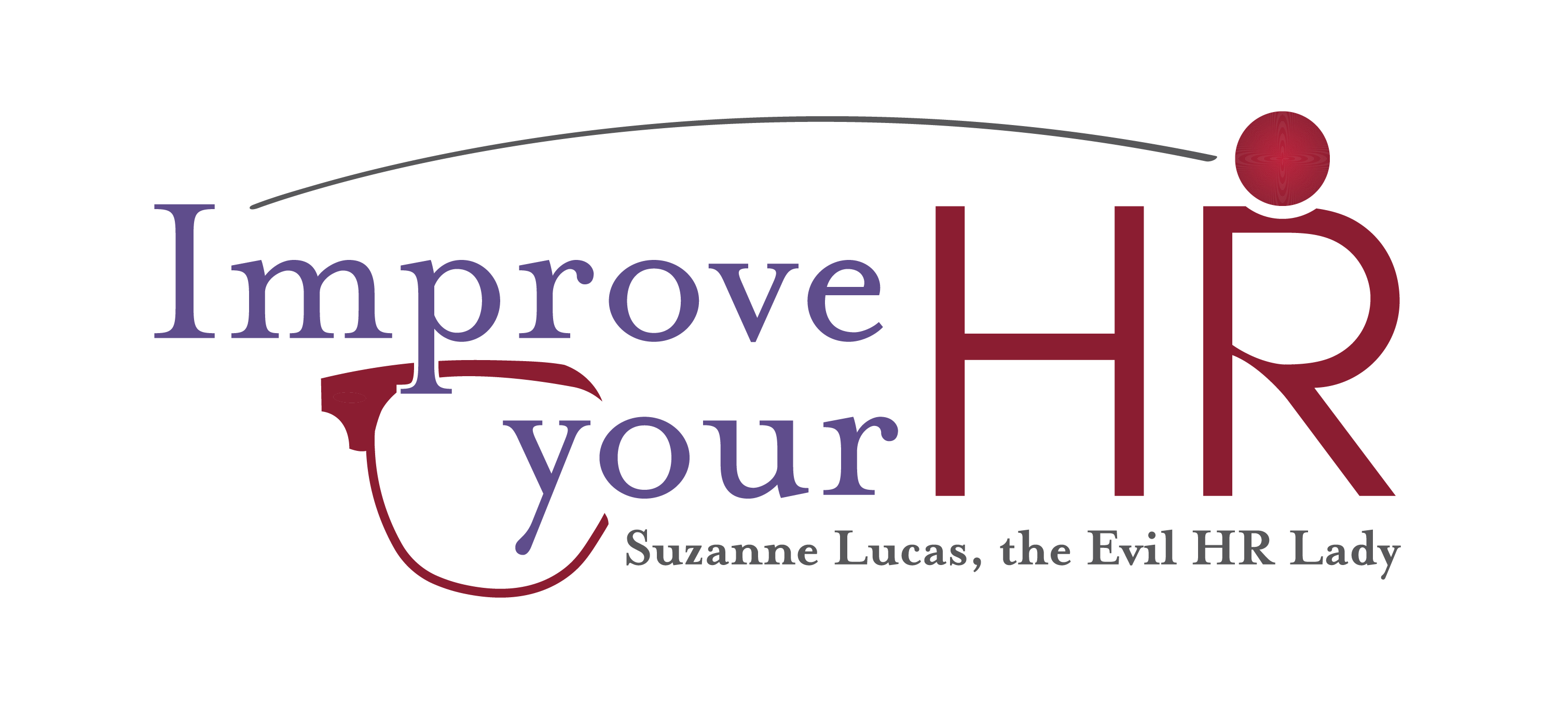In 2019, January 31 was the most popular day to quit your job. In 2022, it was January 21. With all the layoffs in the tech industry, who knows if that end-of-January voluntary rush would continue in 2023? If your employees were going to jump ship, they would be gone by now. So you can relax because we’ve made it to February!
Ha ha ha, sorry, no.
If only employee retention were so easy. Here’s what you need to be doing all 12 months of the year to retain your employees. (And after all, since Gallup estimates that it costs anywhere from 50 percent of annual salary to 200 percent to replace people, this is the fiscally responsible thing to do.)
Even with the scary month of January ending, people are still looking for new jobs. You don’t have to sit back, though. Here’s what you can do to increase employee retention.
To keep reading, click here: Employee Retention: How to keep your best talent all year round
And welcome Flow of Work as a new client! Hop over to see what they are all about!

Another one: rethink rank-and-yank policies. Supposedly that gets rid of the under-performers. But when top performers have to re-plan their projects regularly because team members are gone, it’s annoying. More importantly, when a manager scores a good employee low in order to get rid of someone that he just doesn’t like, it makes all the rest of the top performers think they might be next.
The total cost per open position for medium sized company is 14k per month. You can get a rough estimate of this with simple math. Revenue divided by number of employees. A rough estimate is accurate enough. You’ll find higher retention in employees that look at their job as more than a pay check and fortunately we have a way to test and quantify genuine interest. Business intelligence or your average HRIS analyst should be capable enough to figure it out.